
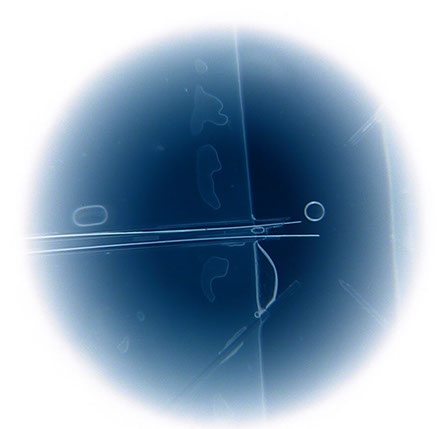
TECHNIQUES
HISTORY & GALLERY
Español
The Optical Nanomanipulation Lab was established in 2005 at the Universidad Autónoma de Madrid. It was then moved to the Centro Nacional de Biotecnología, CSIC, in 2007 and to IMDEA Nanoscience, on the same campus, in 2012. The laboratory, developed by Dr. J. R. Arias-Gonzalez, entailed the first experimental environment for single-molecule manipulation experiments by optical tweezers in Spain. With the help of former PhD student, Silvia Hormeño, Dr. Arias-Gonzalez launched experiments on single nucleic acids molecules, organelles and nanoparticles, thus establishing his independent career. This environment was also possible thanks to the generous push from Prof. Carlos Bustamante and the invaluable expertise from Dr. Steven B. Smith, both in U.C. Berkeley by 2005. In Spain, this laboratory was privileged by the scientific collaboration with Prof. José L. Carrascosa and Prof. José M. Valpuesta, in Centro Nacional de Biotecnología, CSIC, Madrid. In 2007, Dr. Borja Ibarra initiated experiments on single DNA polymerases, with which he and his co-workers eventually evolved into an independent laboratory in IMDEA Nanoscience. The Optical Nanomanipulation Lab welcomed Dr. Sara de Lorenzo from Universitat de Barcelona in 2014 as an advanced technician in the Mini-Tweezers instrument, with which improved resolution is achieved. Since its origin, our laboratory has struggled in the understanding of biophysical phenomena that take place in the nanoscale from first physical principles, always keeping an eye on novel instrumental strategies that make possible the manipulation of nanostructures on a one by one basis.
Pictures by Rafael Miranda

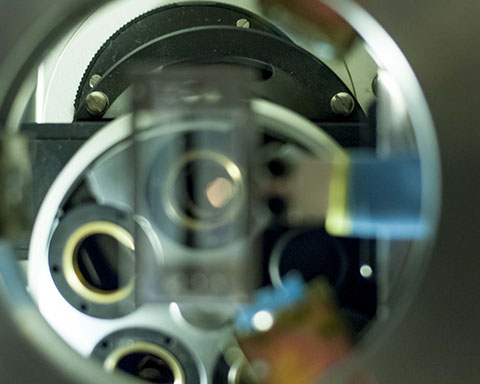


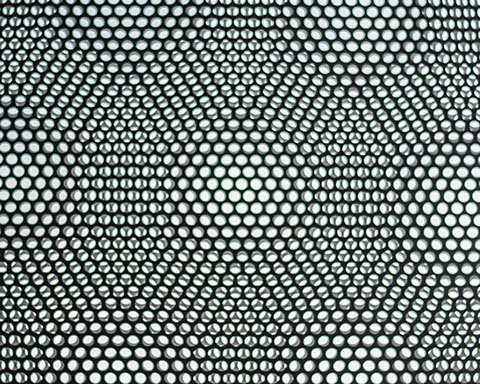
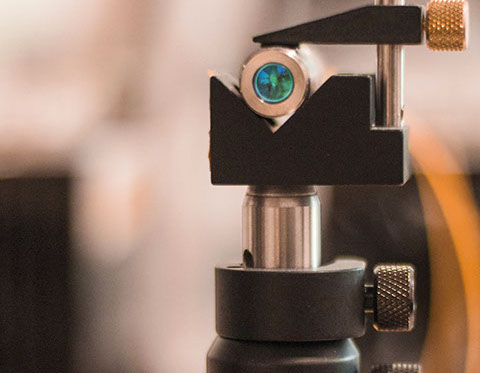

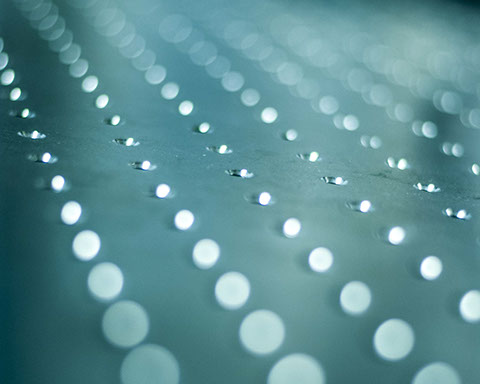



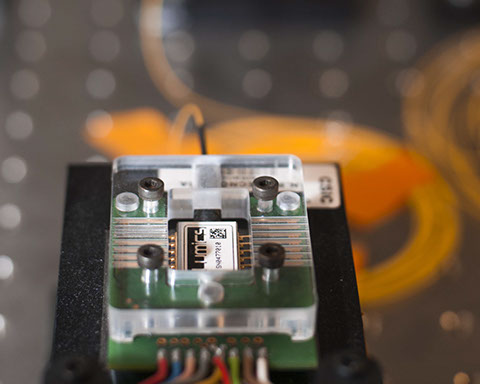



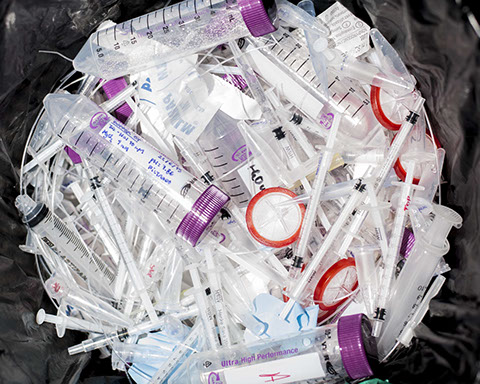




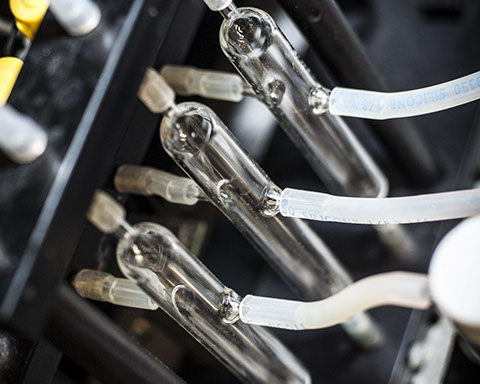




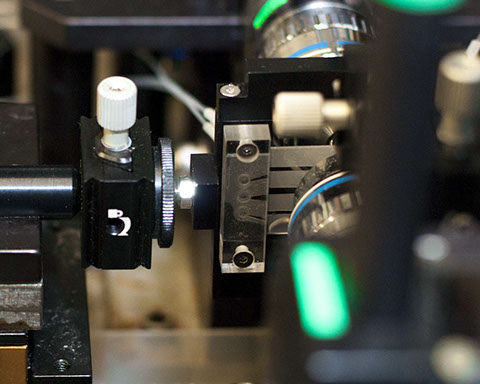


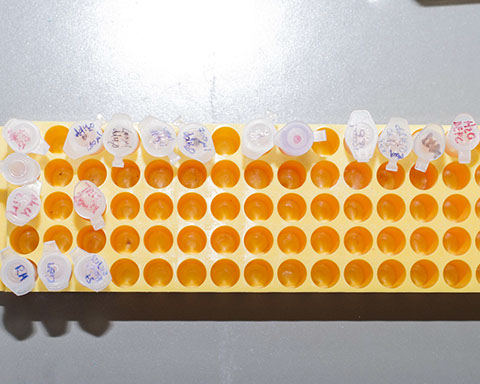
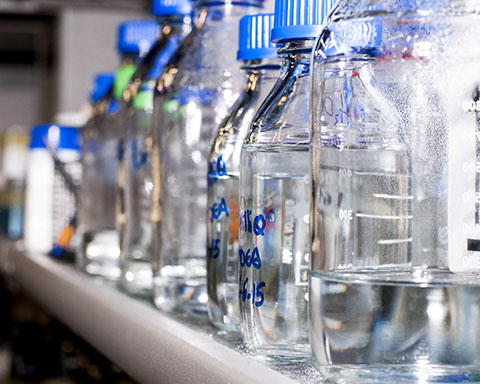




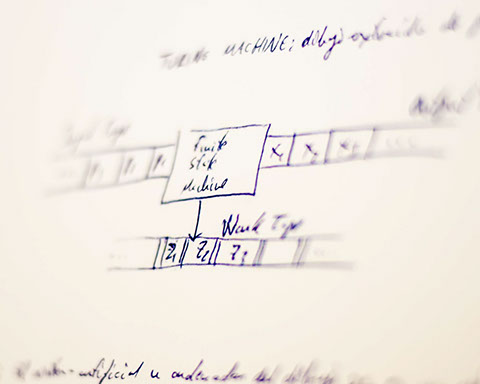
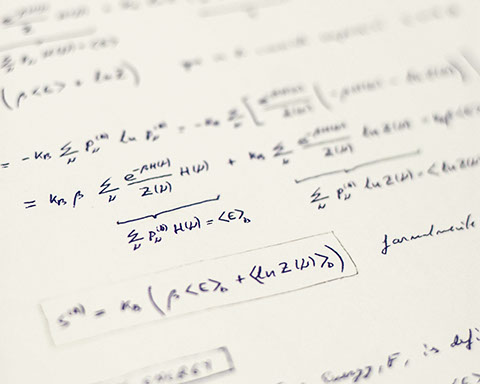
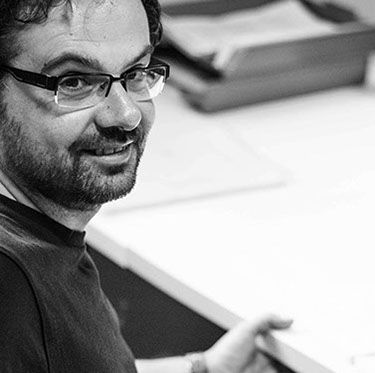

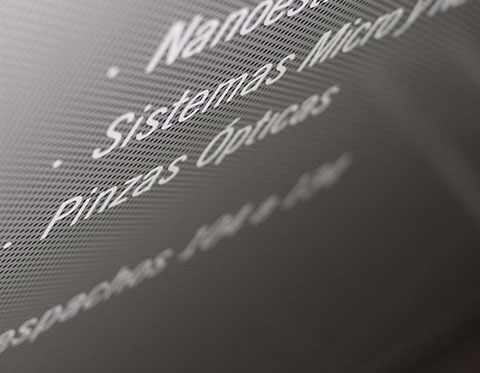

A developing setup.
A developing setup, top view.
A developing setup, detail.
A developing setup, top view.
Moiré pattern by superimposing two hexagonal grids. This motif decorates a part of IMDEA Nanosciene building façade.
A fiber-coupled laser head.
Detail of a fiber-coupled laser head on an optical table.
Detail of the grid of screw-holes of an optical table.
Detail of a transconductance amplifier for feeding an electromagnet.
Transconductance amplifiers for generating magnetic fields on electromagnets.
Another detail of a transconductance amplifier for feeding an electromagnet.
Fiber-coupled laser module (detail).
Fiber-coupled laser module (detail).
Top view of a fiber-coupled laser head.
A post screwed on an optical table.
Here is how the recycling trash appears at the end of the day!
Detail of the optical tweezers: infrared attenuators before the laser beam reaches the photodetector.
A microfluidics chamber after a one-week use!
Central part of the optical tweezers setup: the microfluidics chamber is flanked by the opposite fronts of two objectives.
An infrared mirror in the optical tweezers setup.
Pressure system to pump buffers and chemicals at computer-controlled velocities in the microfludics chamber.
Pressure system to pump buffers and chemicals at computer-controlled velocities in the microfludics chamber (detail).
Central part of the optical tweezers setup: the microfluidics chamber is flanked by the opposite fronts of two objectives (different view with respect to a previous photograph).
And… another view: the left objective appears retracted to ease the assembly of the microfluidics chamber.
Detail of a polirizing beam splitter cube in the optical tweezers.
Detail of the microfluidics chamber mounted on a computer-controlled piezo-stage.
Detail of the light-lever on the microfluidics chamber. The red light, which is used to control de position of the chamber, traverses a small lens on top of the chamber frame.
Global view of the optical part of the tweezers setup: objectives, microfluidics chamber and photodetector boxes (top) are observable in the foreground.
Eppendorf tubes on a grid tray.
Buffer bottles.
Color tapes for labelling.
Statistical Mechanics calculations.
More calculations.
Some Information Theory calculations.
Scheme of a Turing Machine.
Equations, equations and more equations!
Who is this guy?
Detail of the IMDEA Nanoscience hall.
Detail of the IMDEA Nanoscience hall.
Pipette puller.
40 - 40
<
>
Universitat Politècnica de València Camino de Vera, s/n 46022 Valencia Dr. J. Ricardo Arias-Gonzalez

